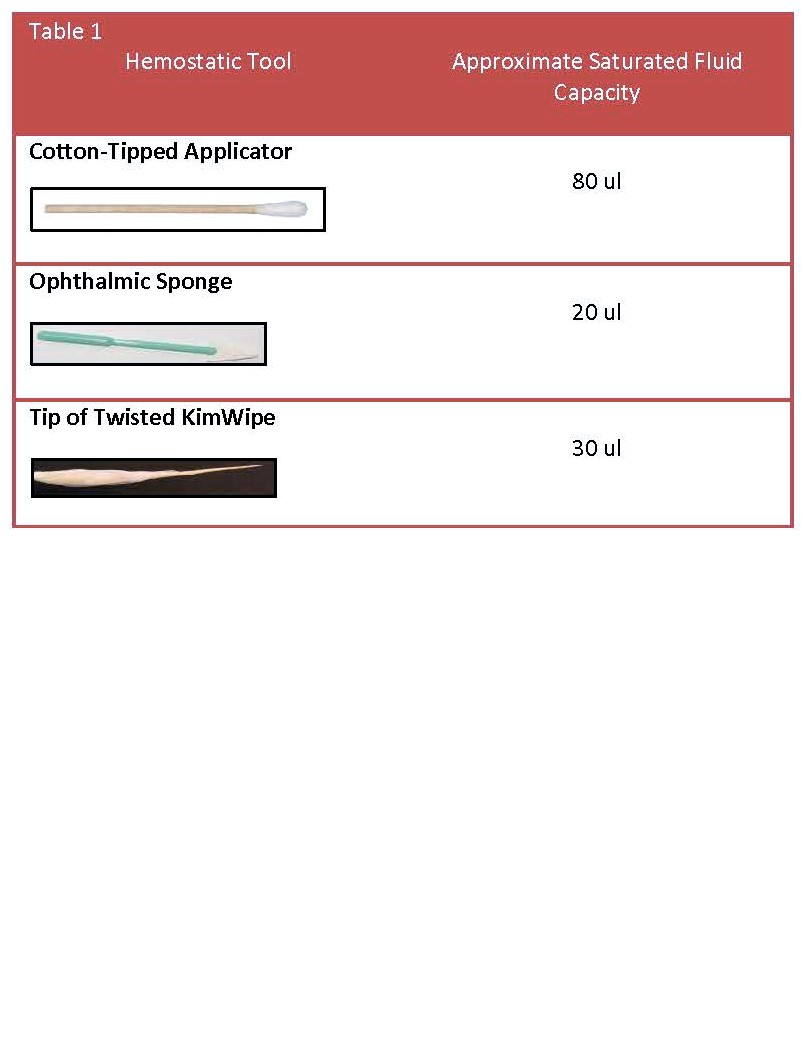Breadcrumb
- Home
- Office of the IACUC
- Policies, Guidelines and Informational Sheets
- Surgery - Rodent Blood Loss (Informational Sheet)
Surgery - Rodent Blood Loss (Informational Sheet)
Main navigation
- IACUC Contacts
- IACUC News
- IACUC AnShare ListServ
- Animal Protocol
-
Policies, Guidelines and Informational Sheets
- Anesthesia (Guideline)
- Analgesia - Buprenorphine ER (Informational Sheet)
- Analgesia (Guideline)
- Biologic Testing - Guidance and Procedures for Rodent Biologic Testing (Informational Sheet)
- Blood Collection (Guideline)
- Breeding - Rodent Breeding Colony Management (Policy)
- Enrichment - Canine Enrichment and Exercise Program
- Enrichment - Environmental Enrichment Program
- Euthanasia (Guideline)
- Euthanasia - Confirmation of Death (Policy)
- Euthanasia by OAR Personnel (Policy)
- Genotyping - Mouse Toe Clipping (Policy)
- Genotyping - Rodent Tail Snipping for Genotyping (Policy)
- Hazardous Agent Containment (biohazards, chemical hazards, & radioactive materials)
- Humane Intervention Points (Guideline)
- Media - Social Media (Policy)
- Media - Media Security (Policy)
- New Weanling Procedure for Labs (Guideline)
- Outbreak - OAR Pathogen Outbreak Control Plan
- Pain Recognition in Laboratory Animals (Informational Sheet)
- Principal Investigator Eligibility for Animal Protocols (Policy)
- Social Housing of Species (Policy)
- Sterilization - Accepted Methods & Monitoring (IACUC Guideline)
- Substance Administration - Recommended Volumes (Informational Sheet)
- Substance Administration - Use of Drugs and Chemicals in Laboratory Animals (Guideline)
- Surgery - Non-Survival Surgery (Guideline)
- Surgery - Rodent (Mouse & Rat) Survival Surgery (Guideline)
- Surgery - Rodent Blood Loss (Informational Sheet)
- Surgery - USDA Covered Species Survival Surgery (Guideline)
- Surgery - Xenopus Oocyte Harvest (Guideline)
- Training Requirements for Personnel on an Animal Protocol (Policy)
- Transportation of Animals (Policy)
- Xenopus (Policy)
- Zebrafish (Policy)
- Personnel Training
- Educational Materials
- NIH Grant Information
- Occupational Hazards Associated with the Care and Use of Laboratory Animals
- DEA Information
- New Faculty/Recruitment
Informational Sheet: The IACUC has provided a set of guidance documents (Policies, Guidelines, and Informational Sheets) for use when planning animal procedures at the University of Iowa. Informational Sheets provide information about frequently asked questions and represents guidance for best practices. Deviation from the recommendation(s) does not require specific justification.
Purpose: The purpose of this document is to provide guidance on estimating surgical blood loss for use in IACUC-approved Animal Protocols.
An animal’s total blood loss should be estimated post-operatively.
- No more than 1% of an animal’s body weight should be lost in a 24 hour period (200g Rat is 2ml of blood).
- If blood loss exceeds 1% of an animal’s body weight, replacement fluids should be given and OAR veterinary staff should be contacted.
- When total fluid loss is estimated after surgery an equal volume of commercial (pharmaceutical grade) sterile saline for injection (NaCl), lactated ringer’s solution, or other physiologic appropriate sterile fluid may be given subcutaneously.
- Subcutaneous injections can be administered with a syringe in areas of loose skin i.e., the interscapular region.
Refer to Table 1 for the blood volumes associated with saturation of common hemostatic tools used in rodent surgery. As an example, 25 saturated cotton applicator tips would exceed the blood loss limit of a 200g rat.
Table 1: Blood volumes associated with saturation of common hemostatic tools used in rodent surgery
- Hemostatic Tool: Cotton-Tipped Applicator
- Approximate Saturated Fluid Capacity: 80 ul
- Hemostatic Tool: Ophthalmic Sponge
- Approximate Saturated Fluid Capacity: 20 ul
- Hemostatic Tool: Tip of Twisted KimWipe
- Approximate Saturated Fluid Capacity: 30 ul

Last reviewed by the IACUC: 2/14/2024